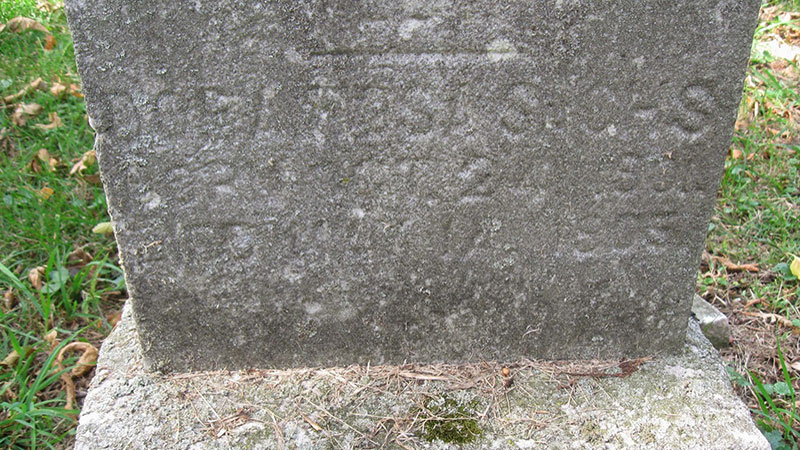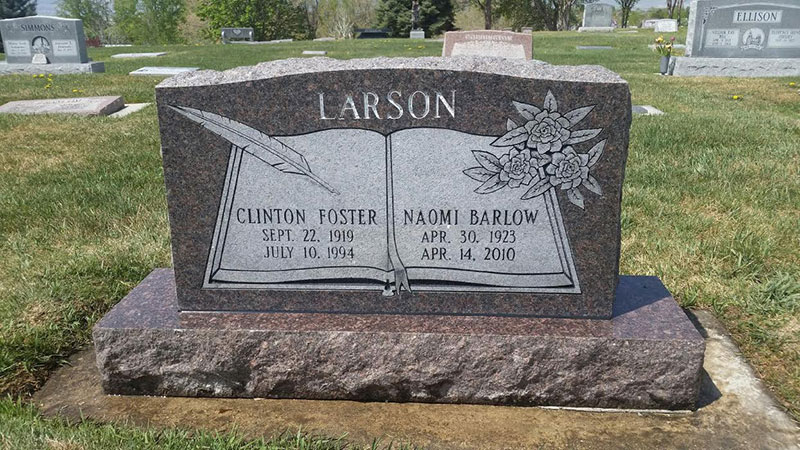Granite 101
As you walk through many older cemeteries in our area and look at the memorials placed in the mid to late 1800’s, you will notice that you can barely read the engraving. When you touch these old memorials, it feels like touching sandpaper. During that time, memorials were made from limestone, sandstone, and marble. Compared to the wood grave markers previously used, those materials seemed very durable.
However, we now know that these natural stones were sedimentary and metamorphic rock created by organic materials (plants and animals). Over millions of years, these organic materials piled on top of each other and solidified. When memorials made of these materials were placed outside, they absorb moisture and erode from the inside out. This erosion is called spalling. When placed outside, limestone, sandstone and marble all have an erosion rate of about 1/8″ to 1/2″ every 75 to 125 years.
Today, we use granite to memorialize our loved ones. Granite was created millions of years ago by volcanic action. Various minerals including quartz, felspar, and mica were melted by the earth’s core at tremendous heat. The minerals were carried close to the earth’s surface where it cooled to a solid mass that now covers much of the earth’s surface, just below the soil line.
Granite is an igneous rock and on the hardness scale, it rates a 7 out of 10 (compared to 4 or 5 for sandstone, limestone, and marble). Granite is so hard that it does not absorb enough moisture to spall. It erodes from the outside in, as opposed to inside out. Because of this, we estimate that granite has an erosion rate of about 1/10″ every two to five thousand years. Memorials made of granite will last many generations into the future.

Eagle Memorials
327 West St.
Tonganoxie, KS 66086
📱(913) 369-9453
or
📱(785) 331-7400
sales@eaglememorials.com
Hours
Tue & Wed - 10am to 5pm (Appointments Encouraged)
Mon, Thu, & Fri - Please call to schedule an appointment


